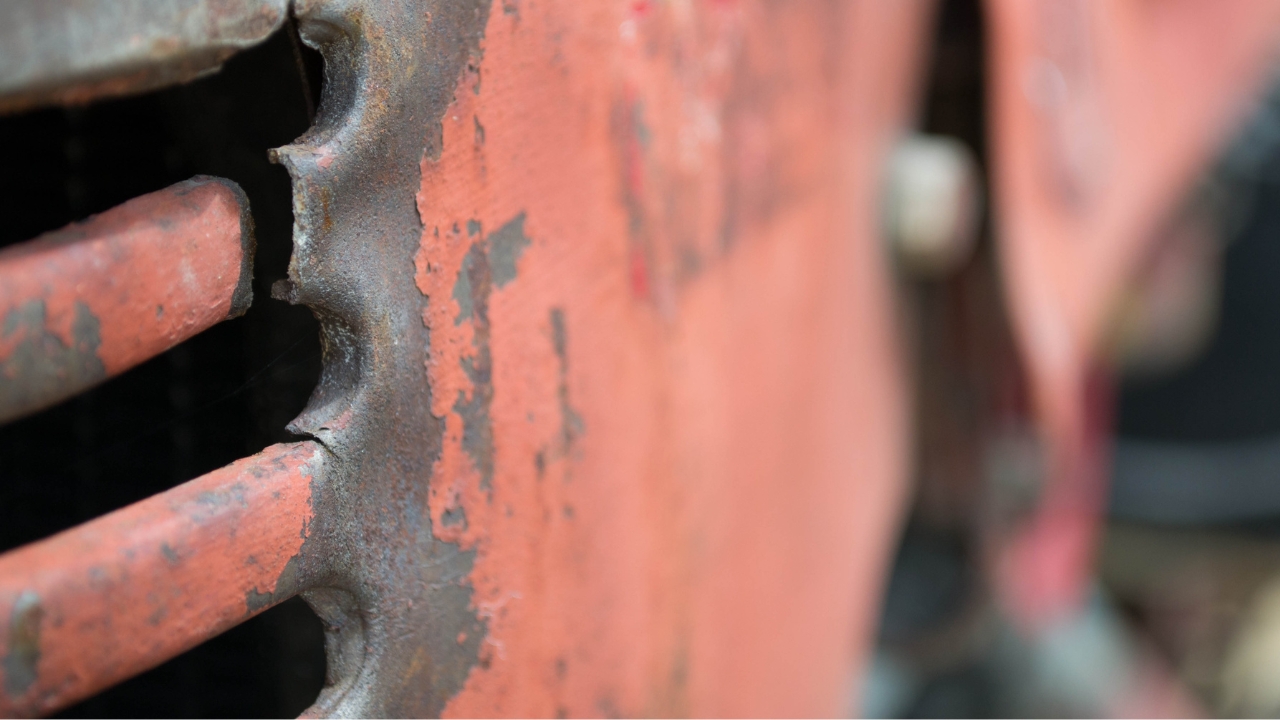What people regret most about buying a cheap tractor
A tractor might be one of the biggest investments you’ll make on land. It’s easy to go for the cheapest option—especially when you’re staring at a price tag that’s already high. But the truth is, saving money upfront often costs you more in repairs, frustration, and downtime later.
Most people who go cheap on their first tractor eventually learn the hard way that “budget-friendly” doesn’t always mean smart spending.
They break down faster than you think
Cheaper tractors often use lower-quality parts that can’t handle daily wear. You might start off fine, but within a few seasons, you’ll notice leaking hydraulics, clutch problems, or weak lift capacity. Those small fixes add up, and before long, you’ve spent more in maintenance than you saved at purchase. A slightly more expensive tractor built with durable components can last decades longer and save you from constant downtime.
The power isn’t there when you need it
Undersized engines and weaker transmissions are common on budget models. They might pull a light mower or tiller, but once you start tackling heavy brush, hauling loads, or using a box blade, you’ll hit the limit fast. That means more strain on the machine and more frustration for you. Spending a bit more upfront for higher horsepower or better torque can make the difference between finishing a job and wearing out your tractor early.
Poor dealer support and parts availability
One of the biggest regrets people have is buying from a small or unknown brand with limited support. When something breaks—and it will—it’s hard to find parts or service. Local dealers may refuse to work on it, and you’ll end up waiting weeks for replacement components. A well-established brand might cost more at the start, but access to quick repairs and replacement parts keeps your tractor running when you actually need it.
Weak hydraulics limit what you can do
Cheaper tractors tend to have weaker hydraulic systems, which affects everything from your loader to your rear implements. You’ll quickly realize you can’t lift what you thought you could, or that your attachments move at a crawl. For anyone managing a property, that limits your options and makes everyday jobs a hassle. Strong hydraulics are worth every penny when you’re moving dirt, lifting logs, or operating a grapple.
They don’t hold their value

A cheap tractor might seem like a good entry point, but it won’t hold resale value the way a name-brand model will. Once it starts showing wear, you’ll have a hard time selling it for anything close to what you paid. Quality tractors from trusted brands often keep 60–70% of their value even after years of use. That makes a higher upfront cost easier to justify when you eventually decide to upgrade.
Comfort and usability are an afterthought
Many budget tractors skip on operator comfort—no suspension seat, tight foot space, or poor control layout. That might sound minor until you’re sitting in the seat for hours. Fatigue sets in fast, and it’s harder to work efficiently when you’re constantly adjusting or aching. A better-designed tractor keeps you comfortable longer, and that translates into getting more done with less strain.
Paint and finish wear out quickly

Cheap paint jobs and thin coatings may not seem like a big deal, but they matter. Once corrosion sets in, you’re dealing with rusted bolts, faded panels, and flaking metal. That doesn’t just look bad—it shortens the tractor’s life and makes maintenance tougher. Higher-end models use powder coatings or stronger finishes that actually protect against weather and sun exposure.
Attachments don’t always fit or function right
Budget brands sometimes cut corners on compatibility, meaning your implements won’t attach or function like they should. Even a small difference in hitch spacing or hydraulic flow can create major headaches. That limits what you can use or forces you to spend more adapting parts that should have worked out of the box. Going with a brand that supports universal or widely available attachments makes your setup much more flexible.
Repairs often require full replacements
When a cheaper tractor breaks, repairs aren’t always possible. Some manufacturers don’t sell individual parts, forcing you to replace entire systems instead of one component. That drives up the long-term cost and often makes the tractor uneconomical to keep. Paying more upfront for a machine with good service manuals and widely available parts saves money and frustration later.
You end up upgrading sooner than planned
Most people who start with a budget tractor end up trading up within a few years. Once you see the limits—weak power, breakdowns, lack of comfort—it’s hard to ignore. The money you “saved” ends up sunk into repairs or a replacement. Starting with a solid, reliable model from the start keeps you from learning those lessons the expensive way.
Buying cheap might feel smart in the moment, but when it comes to tractors, it rarely pays off. You don’t need the most expensive machine out there—but you do need one built to last.
Like Fix It Homestead’s content? Be sure to follow us.
Here’s more from us:
9 small changes that instantly make a house feel high-end
The $60 Target haul that made my house feel way more put together
*This article was developed with AI-powered tools and has been carefully reviewed by our editors.







